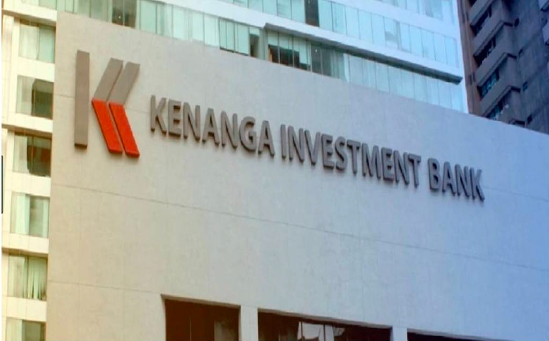MALAYSIA'S LABOUR MARKET SEEN REMAINING STABLE WITH JOBLESS RATE AT 3.2% IN 2024

Malaysia's labour market is projected to remain stable in 2024, with the average unemployment rate at 3.2%, consistent with the 2023 rate of 3.4%, according to Kenanga Investment Bank Bhd (Kenanga IB).
It said this reflected the continuous employment growth observed recently.
"This is largely attributed to the expected steady expansion in economic activities driven by strong domestic demand. We project gross domestic product (GDP) growth to reach 3.3% in the first quarter of 2024 (4Q 2023: 3.0%) with an overall 2024 GDP growth forecast ranging from 4.5 to 5%.
"Additionally, we expect a recovery in the manufacturing sector, driven by technology upcycles, as well as the realisation of approved investments recorded last year, to further boost hiring activities in the coming months," it said in a note.
Nevertheless, Kenanga IB said structural issues in the labour market remain concerning, particularly the persistent youth unemployment rate (age: 15-24 years), which remained at 10.6% in February for the fourth consecutive month, affecting 306,600 people.
Additionally, Kenanga IB noted that skill-related underemployment stood at 37.4%, reaching a record high of 1.94 million in 4Q 2023.
Hong Leong Investment Bank Bhd (HLIB) stated that Malaysia's labour market is expected to continue benefiting from a further rise in tourism activities and its positive spill-over effect on related sectors such as wholesale and retail trade, food and beverage, and accommodation, as well as the implementation of national projects.
It reckons that the improving global trade environment and the implementation of foreign direct investment projects in the pipeline could lead to better employment conditions in export-oriented sectors.
HLIB further highlighted that the National Human Resource Policy Framework, which is set to be launched by the government in May, is expected to help achieve the target of a 35% skilled workforce by 2030.
